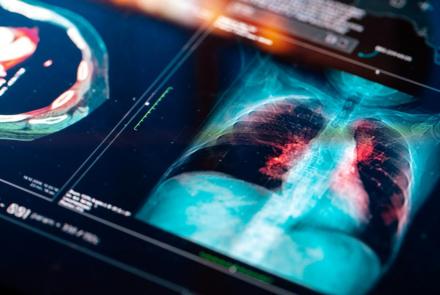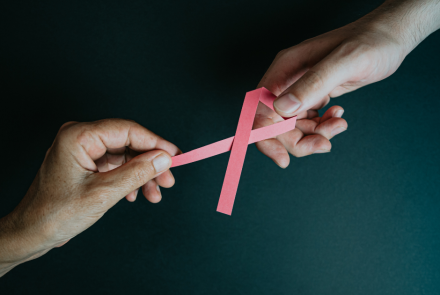New York Surgeon Lee Fleischer, MD, FACS, of Highland Surgical Associates in West Nyack, shares what you need to know about gallstones.
If you’re over 40, especially if you’re a woman, you should know about gallstones. These hard particles develop in the gallbladder, a small pear-shaped organ on the right side of your abdomen, just below your liver. They can range in size from a grain of sand to a golf ball. Some people who develop gallstones have no symptoms, and don’t need treatment. But sometimes gallstones block the opening to the gallbladder. If this happens, pressure increases on the gallbladder, causing a gallbladder attack, a sudden pain in the upper right abdomen.
People who experience symptoms usually need surgery to remove their gallbladder. The gallbladder contains digestive fluid called bile that is released into the small intestine. It is not considered an essential organ, and people can live normally without one. The bile is made by the liver and it travels down the main bile duct to get to the intestine to dissolve the fatty foods. Some of the bile is stored in the gallbladder which is attached to the side of the main bile duct.
Those most at risk of developing gallstones are women, people over 40, Pima Indians (native Americans) and Mexican Americans. Other risk factors include obesity and rapid weight loss. There is also an association with Crohn's disease and diabetes.
Gallbladder attacks often follow ingestion of fatty meals, and they often occur in the evening or during the night. The pain usually lasts from one to several hours. Often, gallstones will move during a gallbladder attack, and this will lead to resolution of the pain. If not, the pain can become excruciating, necessitating a trip to the emergency room. It's at this point that testing may show bad inflammation of the gallbladder and you will need to be admitted for treatment.
You should see a doctor if you think you have had a gallbladder attack and have any of these symptoms, which could be signs of an infection:
- abdominal pain lasting more than a few hours
- nausea and vomiting
- fever—even a low-grade fever—or chills
- yellowish color of the skin or whites of the eyes (jaundice)
- tea-colored urine and light-colored stools
Gallstones can be diagnosed with ultrasound or other imaging tests, such as a CT scan or MRI. The doctor also might use endoscopic retrograde cholangiopancreatography (ERCP) a special endoscopy combined with X-rays to look into the bile and pancreatic ducts, or cholescintigraphy, which uses an unharmful radioactive material to produce pictures of the bile duct system. Your doctor may order a blood test to look for signs of infection or inflammation.
Even if you don't have the above mentioned severe symptoms, anyone with recurrent attacks of pain in the upper right quadrant of the abdomen after eating fatty foods should consult a surgeon. The most common treatment for gallstones is surgery. The surgical procedure, called cholecystectomy is almost always done laparoscopically. With this approach the surgeon makes several tiny incisions in the abdomen and inserts a tube with a light and a camera lens at the end (laparoscope) and long thin instruments to remove the gallbladder. In most cases, patients are treated on an outpatient basis, and can resume normal physical activity in about a week.
If open surgery is needed, the surgeon cuts skin and tissues in order to remove the gallbladder. Patients may need to stay in the hospital for a few days, and usually can resume normal physical activity after a few weeks.
To decrease your risk of developing gallstones, maintain a healthy weight, avoid crash diets, reduce the amount of cholesterol in your diet, and eat plenty of fiber from raw fruits and vegetables, cooked dried beans and peas, whole-grain cereals and bran. Also, don't forget to stay healthy by exercising.






